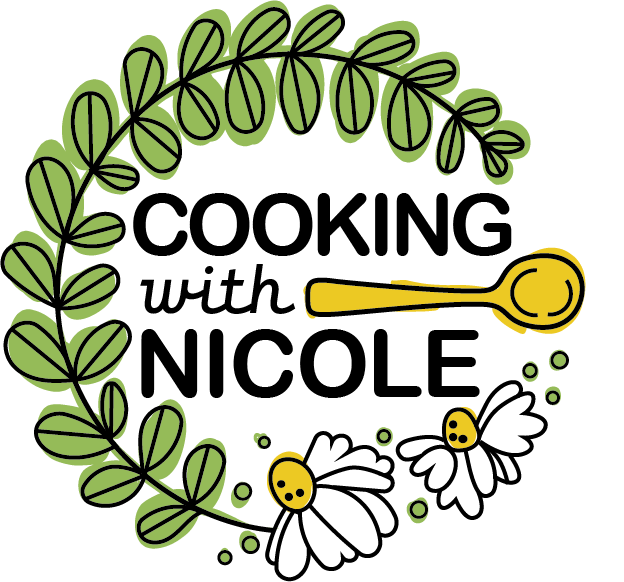Making Fresh Ricotta
Fresh ricotta is one of the most delicious things I’ve ever eaten. It’s nothing like the stuff sold at most supermarkets, which is grainy and soupy and incredibly bland. I desperately wanted to make this at home, but there was one (pretty big) problem: true fresh ricotta requires whey leftover from cheesemaking. You really can’t make the real thing without it, but what you can do is make a ricotta-adjacent cheese by heating ultra-low pasteurized milk and coagulating it with acid.
When done right, it’s quite close in flavor and texture to true ricotta, and leaps and bounds above the stuff we’re used to buying.
There are two key things to know before you begin: you cannot make cheese with ultra-pasteurized milk, it won’t work. Use pasteurized, homogenized, and/or cream-top milk. You’ll have the most success, with low-pasteurized, cream-top milk. It’s also crucial to hold the curdled milk at the proper temp for 20 minutes, so make sure you have an instant read thermometer and don’t take your eyes off it while it’s holding.
If you are feeling adventurous, give it a go!
WHAT YOU NEED:
1/2 gallon (1.9L) whole milk (either sheep or cow), not ultra-pasteurized (I prefer to use low-pasteurized cream-top milk from my local farmer’s market)
Pinch kosher salt, optional (you can also wait and add salt after the cheese is cooked)
2 tablespoons plus 2 teaspoons distilled white vinegar (vinegar produces the cleanest flavor, but you can also use fresh lemon juice)
WHAT YOU DO:
First, line a fine-mesh strainer with cheesecloth, place it over a bowl, and set aside until needed.
Put milk in a heavy-bottom saucepan. Stir in salt, if using, and heat over medium heat until milk registers 185°F (85°C) on an instant-read thermometer (stir it from time to time if a skin forms on top). Add vinegar or lemon juice and stir briefly, just until curds begin forming, stopping as soon as they’ve formed throughout the pot.
Hold this curdled-milk mixture at 185°F for 20 minutes WITHOUT STIRRING. It's okay if the temperature fluctuates between 175°F - 190°F but try to keep it in that zone for the full 20 minutes. If mixture gets too warm, I turn off the heat and let it sit while closely monitoring the temperature.
Use a spider or slotted spoon to transfer curds to prepared strainer. Let cheese stand until excess liquid has drained away (for me, this is usually around 10 minutes, maybe a bit longer if I want a drier end result). Do not try to pour all the milky liquid through the strainer, it will clog it and prevent the liquid from flowing through.
Drained ricotta can be refrigerated, covered, for up to 2 days, though it is best when freshly made.

